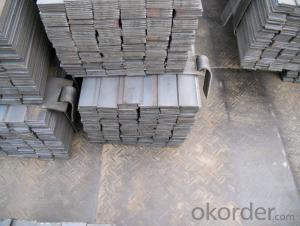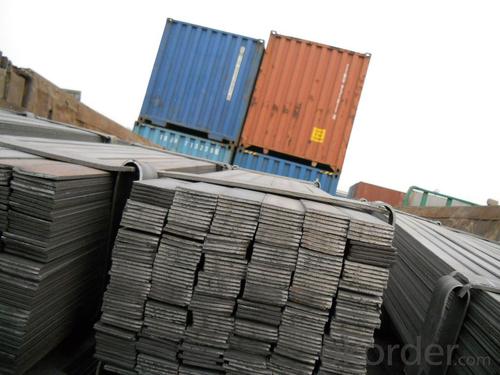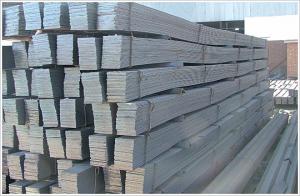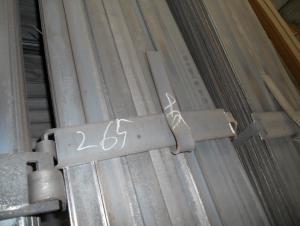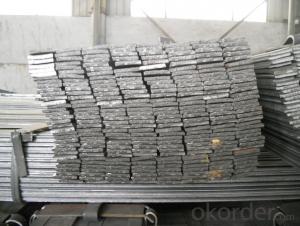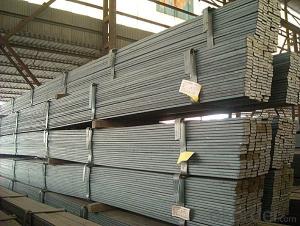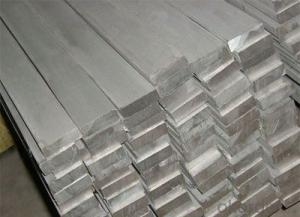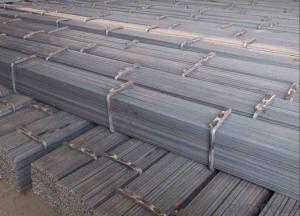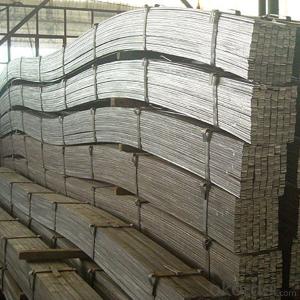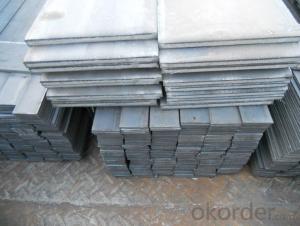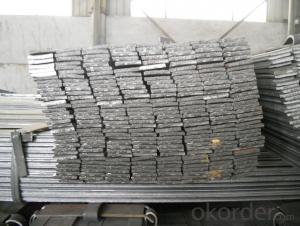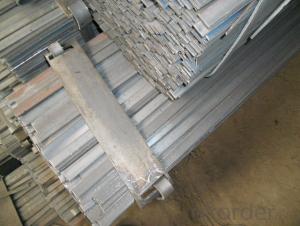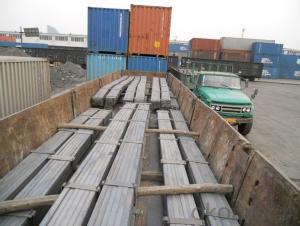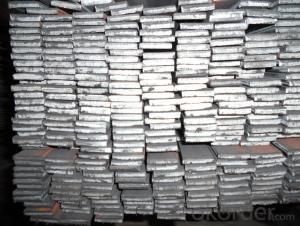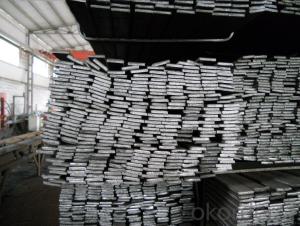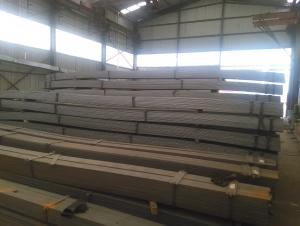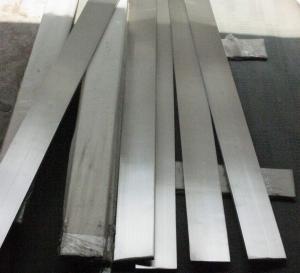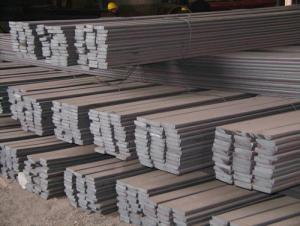GB Standard Steel Flat Bar with High Quality 35mm
- Loading Port:
- Tianjin
- Payment Terms:
- TT OR LC
- Min Order Qty:
- 25 m.t
- Supply Capability:
- 15000 m.t/month
OKorder Service Pledge
OKorder Financial Service
You Might Also Like
Product Description of GB Standard Steel Flat Bar with High Quality 35mm:
Specification of GB Standard Steel Flat Bar with High Quality 35mm:
-Standard: GB
-Material: Q235
-Length: 6m, 12m
-Size:
| Size(mm) | Mass(Kg/m) |
| 35*5 | 1.37 |
| 35*8 | 2.20 |
| 35*10 | 2.75 |
Package & Delivery of GB Standard Steel Flat Bar with High Quality 35mm:
1.The steel flat bars will be packed in bundle with steel wire at each end of every bundle and color marking in order to help the customer to recognize his goods more easily at sight.
2. And the steel flat bars could be loaded into 20ft or 40ft container, or by bulk cargo. If the weight of each bundle reaches more than 3.5 mt, the loading by break bulk cargo should be choosed. When the weight of each bundle reaches less than 3mt, the loading by container should be choosed.
3.As for the transportaion from mill to loading port, the truck will be usually used. And the maximum quantity for each truck is 40mt.
4.All in all, we could do in accordance with customer's request.
FAQ:
Q1: Why buy Materials & Equipment from OKorder.com?
A1: All products offered by OKorder.com are carefully selected from China's most reliable manufacturing enterprises. Through its ISO certifications, OKorder.com adheres to the highest standards and a commitment to supply chain safety and customer satisfaction.
Q2: How do we guarantee the quality of our products?
A2: We have established an advanced quality management system which conducts strict quality tests at every step, from raw materials to the final product. At the same time, we provide extensive follow-up service assurances as required.
Q3: How soon can we receive the product after purchase?
A3: Within three days of placing an order, we will arrange production. The shipping date is dependent upon the quatity, how many sizes you want and the plan of production, but is typically 1 month to 2 month days from the beginning of production.
Images of GB Standard Steel Flat Bar with High Quality 35mm:
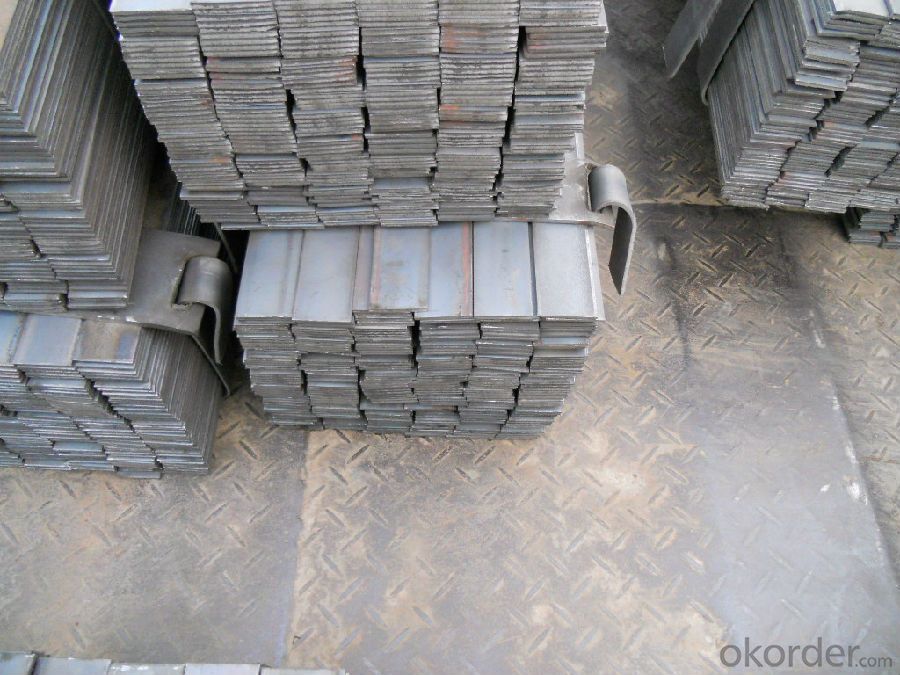
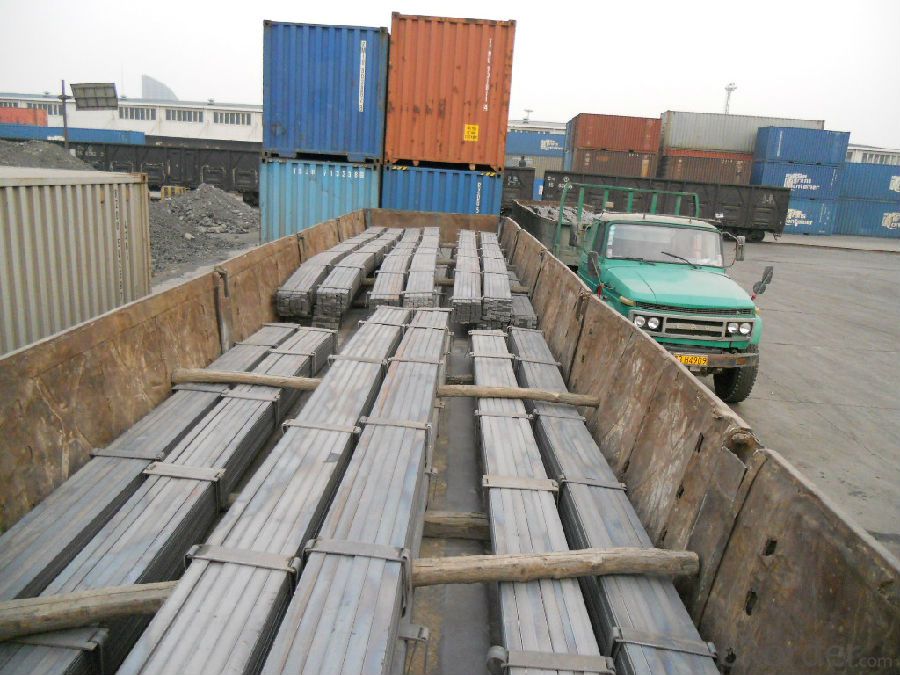
*If you would like to get our price, please inform us the size, standard/material and quantity. Thank you very much for your attention.
- Q: Can steel flat bars be galvanized or coated with other materials?
- Yes, steel flat bars can be galvanized or coated with other materials.
- Q: What is the typical width tolerance for steel flat bars?
- The typical width tolerance for steel flat bars can vary depending on the specific grade and manufacturing process, but it is generally within a range of +/- 0.005 to 0.03 inches.
- Q: What are the common applications of steel flat bars?
- Due to their versatility and durability, steel flat bars find wide-ranging applications in various industries. In construction, these bars provide strength and stability to buildings and infrastructure, serving as structural support in beams, columns, and trusses. They are also commonly used in the construction of stairs, walkways, and platforms, distributing weight evenly. The manufacturing industry heavily relies on steel flat bars as raw materials for machinery, equipment, and tools. These bars can be machined, welded, and molded into different shapes and sizes, making them ideal for manufacturing components like brackets, frames, and supports. In the automotive industry, steel flat bars are utilized in the production of car frames, chassis, and suspension systems. Their high strength and impact resistance contribute to the safety and stability of vehicles. They are also found in various automotive accessories such as roof racks, bull bars, and tow hooks. Steel flat bars are extensively used in general fabrication by metal fabricators. They can be easily cut, bent, and shaped to meet specific design requirements, making them an excellent choice for creating furniture, decorative items, and industrial equipment. In summary, steel flat bars offer strength, versatility, and reliability in a wide range of construction, manufacturing, automotive, and general fabrication projects across multiple industries.
- Q: What about the installation height of the socket and the height of the ground flat steel?
- If the construction unit, design institute and contact Party A drawings or design change
- Q: Are steel flat bars suitable for outdoor applications?
- Yes, steel flat bars are suitable for outdoor applications. They are known for their durability, strength, and resistance to corrosion, making them ideal for various outdoor uses such as construction, fencing, and landscaping.
- Q: Can steel flat bars be used for load-bearing applications?
- Yes, steel flat bars can definitely be used for load-bearing applications. Steel is known for its strength and durability, making it a popular choice for various structural applications. Flat bars, in particular, offer excellent load-bearing capabilities due to their wide surface area, which distributes the load evenly. They are commonly used in construction projects, such as supporting beams, frames, and bracing systems, as well as in manufacturing equipment and machinery. Additionally, steel flat bars can be easily welded, bolted, or screwed together to create custom load-bearing structures, making them a versatile and reliable choice for such applications.
- Q: What are the common methods of protecting steel flat bars from corrosion?
- The common methods of protecting steel flat bars from corrosion include applying protective coatings such as paint or powder coating, using galvanization to create a protective zinc layer, employing corrosion inhibitors, and implementing proper maintenance practices such as regular cleaning and inspections.
- Q: Can steel flat bars be used for staircases?
- Certainly! Staircases can indeed utilize steel flat bars. These bars are frequently employed in construction for a multitude of purposes, such as staircases. Their robustness, endurance, and ability to bear substantial loads render them ideal for staircase construction. Steel flat bars can serve as stringers, the primary structural supports for stairs, or as treads and risers, the individual steps. By welding or bolting them together, a resilient and secure staircase can be created. Moreover, steel flat bars can be tailor-made and fabricated to meet specific design specifications and dimensions, making them an adaptable option for constructing staircases.
- Q: Can steel flat bars be cold-formed or bent?
- Yes, steel flat bars can be cold-formed or bent.
- Q: How do steel flat bars compare to other materials like aluminum or wood?
- Steel flat bars are typically stronger and more durable than materials like aluminum or wood. They have a higher tensile strength and can withstand heavier loads and impacts. Additionally, steel is more resistant to warping, rotting, or cracking, making it a more reliable choice for structural applications. However, steel flat bars are generally heavier and may require additional corrosion protection compared to aluminum. Wood, on the other hand, may be more aesthetically pleasing for certain applications but lacks the strength and durability of steel. Ultimately, the choice between steel, aluminum, or wood depends on the specific needs and requirements of the project.
Send your message to us
GB Standard Steel Flat Bar with High Quality 35mm
- Loading Port:
- Tianjin
- Payment Terms:
- TT OR LC
- Min Order Qty:
- 25 m.t
- Supply Capability:
- 15000 m.t/month
OKorder Service Pledge
OKorder Financial Service
Similar products
Hot products
Hot Searches
Related keywords

